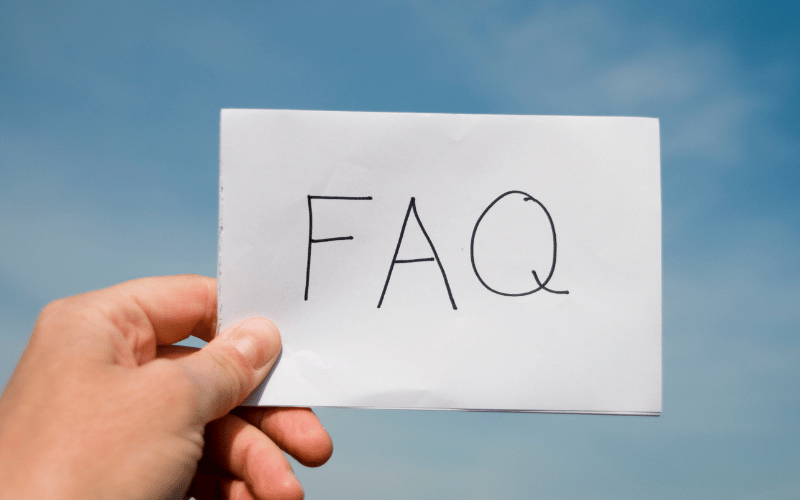Frequently Asked Questions

1. What causes Epstein’s Pearls to develop in a baby’s mouth?
Epstein’s Pearls form due to the entrapment of epithelial cells during the developmental stages of a baby’s mouth. As these cells mature, they transform into the cysts we recognize as Epstein’s Pearls. It’s a natural part of the developmental process and not a result of external factors or conditions.
2. Are Epstein’s Pearls the same as other white spots or bumps in a baby’s mouth?
No, they aren’t. While Epstein’s Pearls primarily appear on the hard palate, other conditions like “milk bumps” or “Bohn’s nodules” might manifest in other areas of the mouth. It’s always a good idea to consult with a pediatrician or pediatric dentist to correctly identify these conditions.
3. How long will it take for the Epstein’s Pearls to disappear?
Most Epstein’s Pearls will naturally dissolve and disappear within a few weeks to months after birth. They are temporary in nature, and as the baby’s oral cavity evolves with growth, feeding, and teething, these cysts will naturally rupture and fade away.
4. Can Epstein’s Pearls turn into a more severe condition or infection?
No, Epstein’s Pearls are benign cysts and aren’t associated with any other diseases or conditions. They don’t pose a risk of turning into a more severe condition. However, always ensure good oral hygiene for your baby to prevent unrelated infections.
5. Do Epstein’s Pearls affect a baby’s feeding or cause discomfort?
Epstein’s Pearls pose no hindrance to feeding. They are smooth and non-painful, ensuring no interference with the baby’s ability to latch, suckle, or swallow. Their presence doesn’t alter feeding experiences, and they remain unobtrusive during feeding sessions.
Conclusion: Reflecting on Epstein’s Pearls in Newborns
Epstein’s Pearls, often described as small, benign cysts that pop up in a newborn’s mouth, have proven to be a topic of both intrigue and concern for many parents and caregivers. These naturally occurring phenomena, though momentarily alarming in appearance, hold no underlying health threats. Their presence is a testament to the unique and intricate processes of embryonic development, where the entrapment of certain cells gives rise to these noticeable cysts. Parents can take solace in the fact that, despite their conspicuous presence, these cysts are short-lived, painless, and don’t require any medical interventions.
As with many things related to newborns, knowledge and understanding play a pivotal role in alleviating concerns. Recognizing Epstein’s Pearls for what they truly are—a transient, harmless byproduct of development—allows caregivers to focus on the joys and challenges of nurturing their young ones. While the initial sight of these cysts might set off alarm bells, a deeper dive into their nature, causes, and characteristics offers much-needed reassurance. In the grand tapestry of a child’s growth and milestones, Epstein’s Pearls are but a fleeting stitch, leaving no lasting mark but offering a brief glimpse into the marvel of human development.